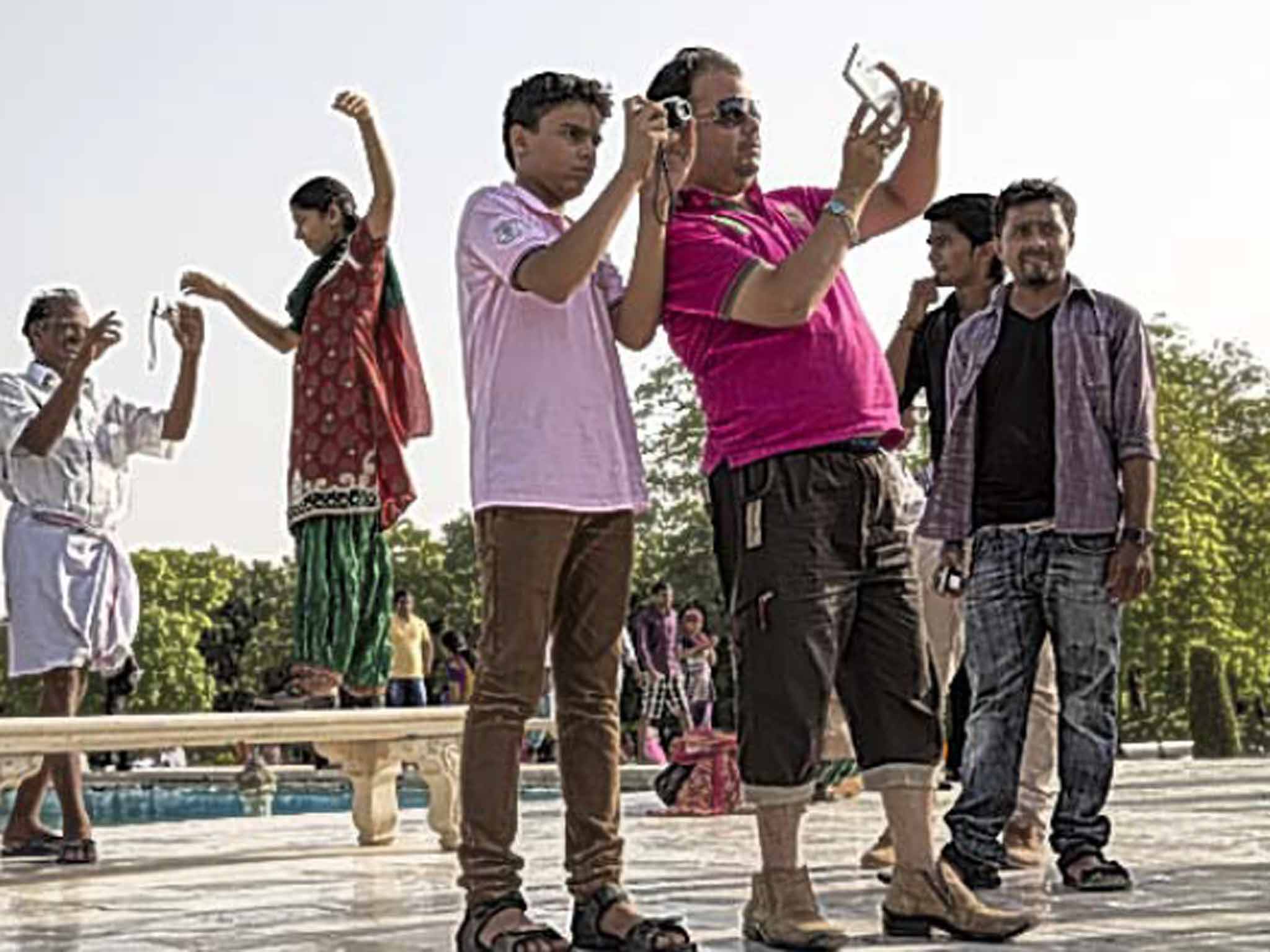Travel snaps: Why every picture should tell a human story
Something to declare

With a month allocated to explore the north of India, I distilled my itinerary down to what I considered the essential highlights of this vast and varied region – with great cities, Himalayan peaks, holy rivers and gentle countryside spread liberally from east to west, I could easily have spent a year trying to do it justice. In just a fortnight, I've seen (and heard, for the cacophony is quite something to behold) the frenzy of Delhi with its magnificent Mughal tombs and feverish old city; witnessed the prayer flags fluttering in the Dalai Lama's residence-in-exile, Dharamsala; rafted down the Ganges in Rishikesh; watched bodies burn in Varanasi; and been humbled by the serene beauty of the Taj Mahal in Agra.
But it's not just the extraordinary aesthetics that make visiting India so rewarding, it's the millions upon millions of people who live here – Tibetan refugees, spiritual sadhus, hustlers and begging children are just a stitch in its elaborate tapestry – not least when connections are made.
And so, my digital memory card has been filling up as quickly as my own memory, documenting places and people as life swirls around at dizzying velocity. The most evocative photos are those that have had an interactive prelude. For example: the masala chai seller in Rishikesh with his magnificent moustache, with whom a 10-minute chat over tea resulted in a powerful portrait of him proudly presiding over his stall.
It has therefore been quite a novelty to have the camera turned back on me. I'm not a lone, Western woman dressed inappropriately in a nation where modesty is all but essential. I'm travelling with my husband and it seems that he's an even greater curiosity than me, perhaps a result of his blue eyes and golden hair. "You are God," one auto-rickshaw driver explained to him, without a scintilla of a smile.
Some encounters have been amiable – a group of doctors from Jammu and Kashmir holidaying in Dharamsala, with whom we spent half an hour deep in conversation before they asked us to pose for photos with them.
But on several occasions we've been stopped by groups of young men who want nothing more than "a snap" of us all together, then stand around giggling at the resulting portraits on their smartphones. At first, we found it amusing, flattering almost, but after the ninth or tenth occasion, our smiles started to crack.
The reality is that most of these people have also been tourists, seeing the sights of their homeland just as we are, and taking home photographic souvenirs of everything they see, from landmarks to foreigners. And, in our digitally-enabled world, it's as easy for them as it is for me to point, snap and walk away without engaging with their subject. But having now been on the receiving end, I can see that it's far more rewarding for everyone involved if every picture tells a story.
Sophie Lam is travel editor of 'The Independent on Sunday'
Subscribe to Independent Premium to bookmark this article
Want to bookmark your favourite articles and stories to read or reference later? Start your Independent Premium subscription today.

Join our commenting forum
Join thought-provoking conversations, follow other Independent readers and see their replies